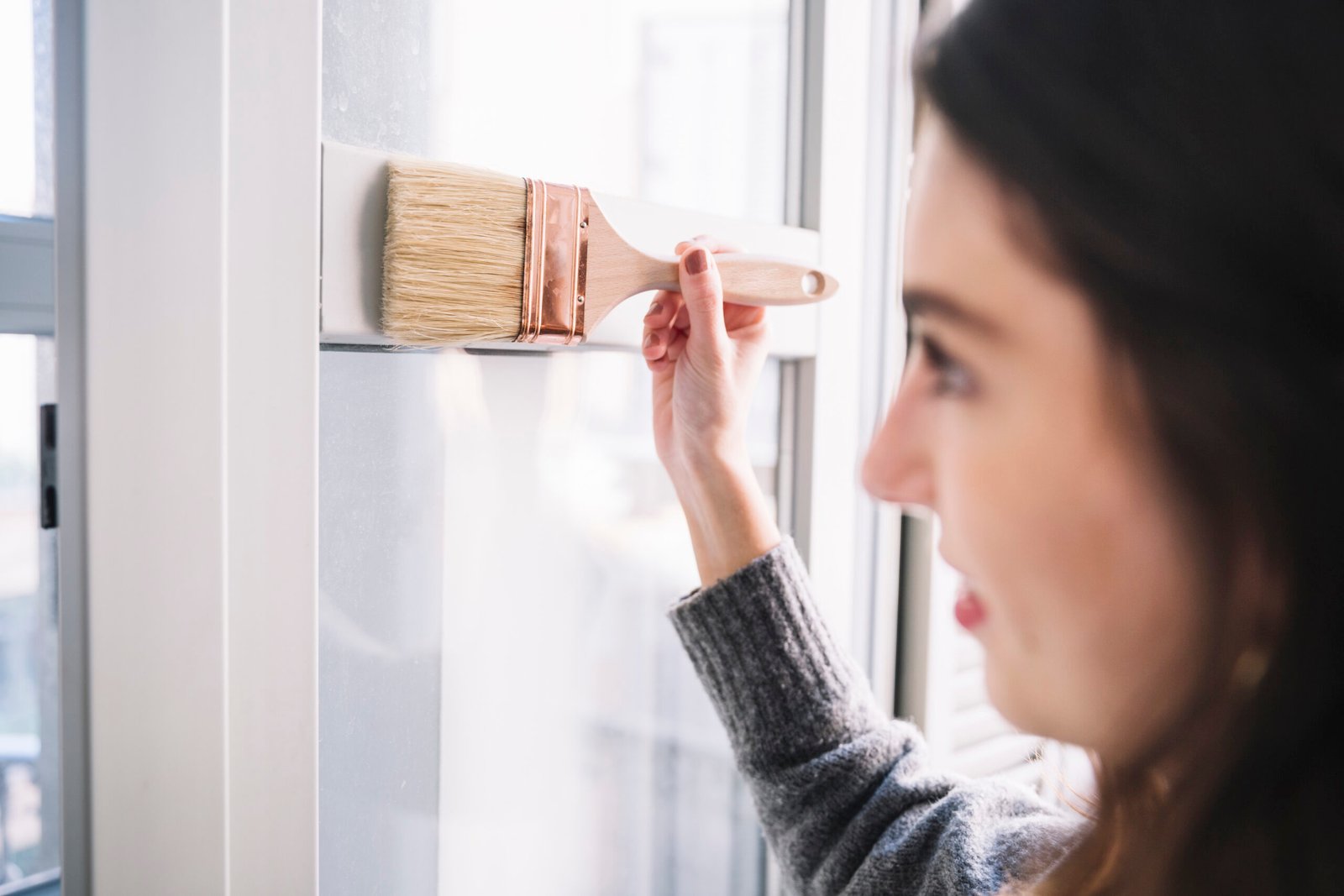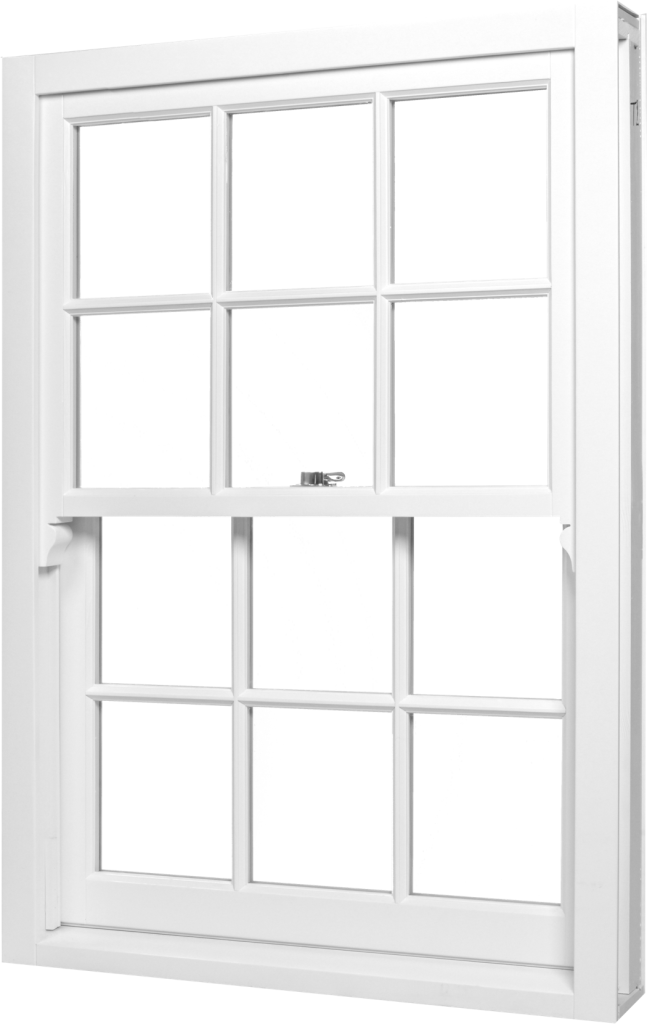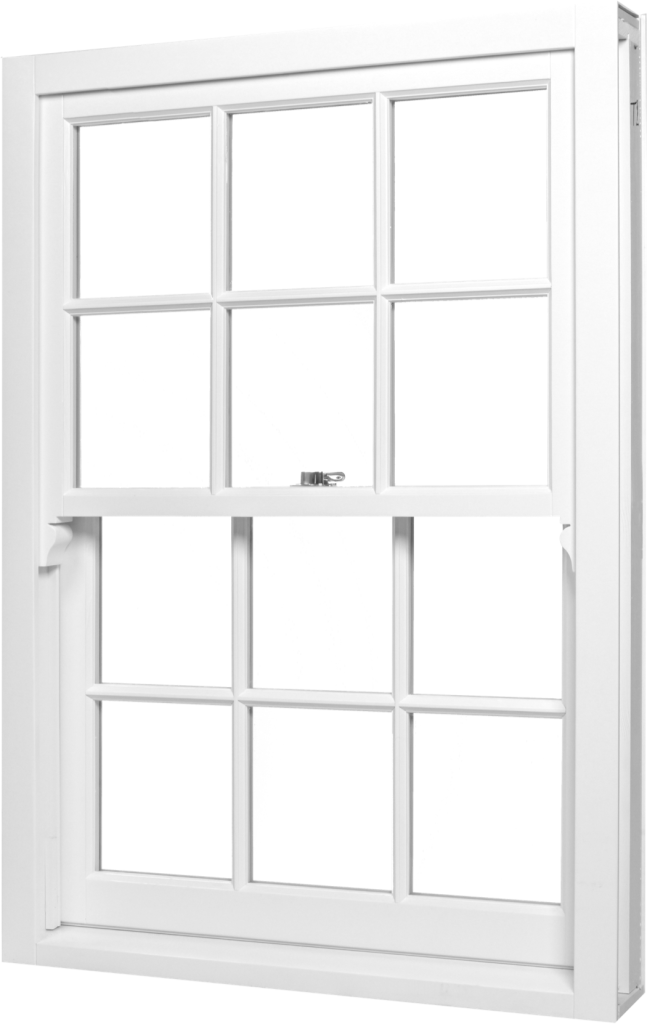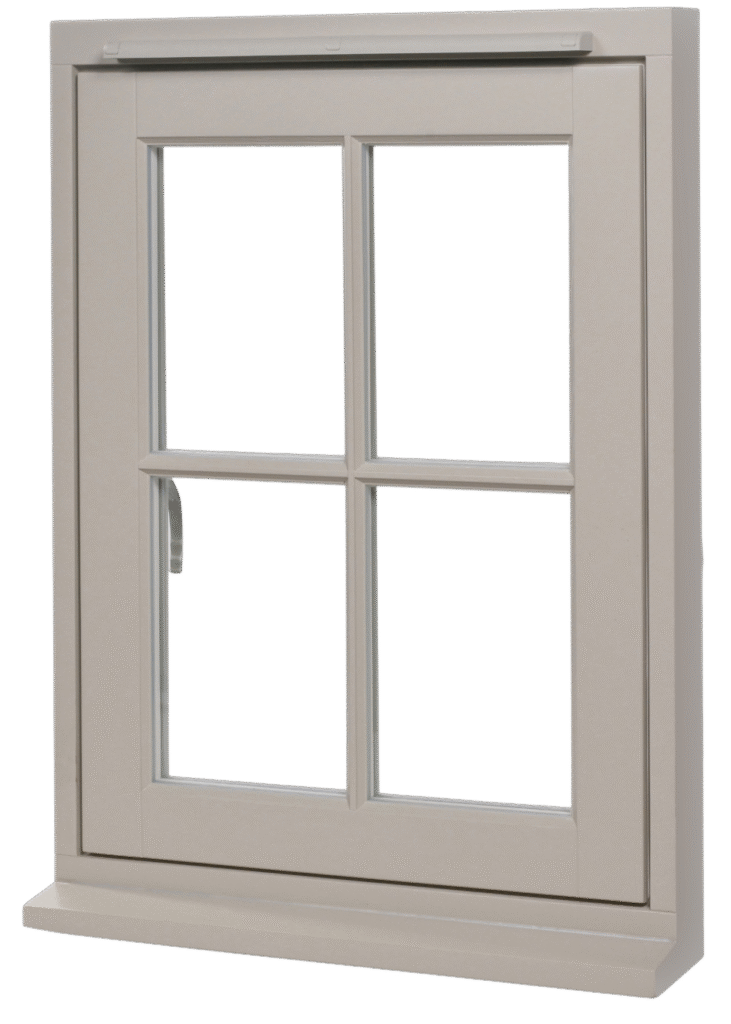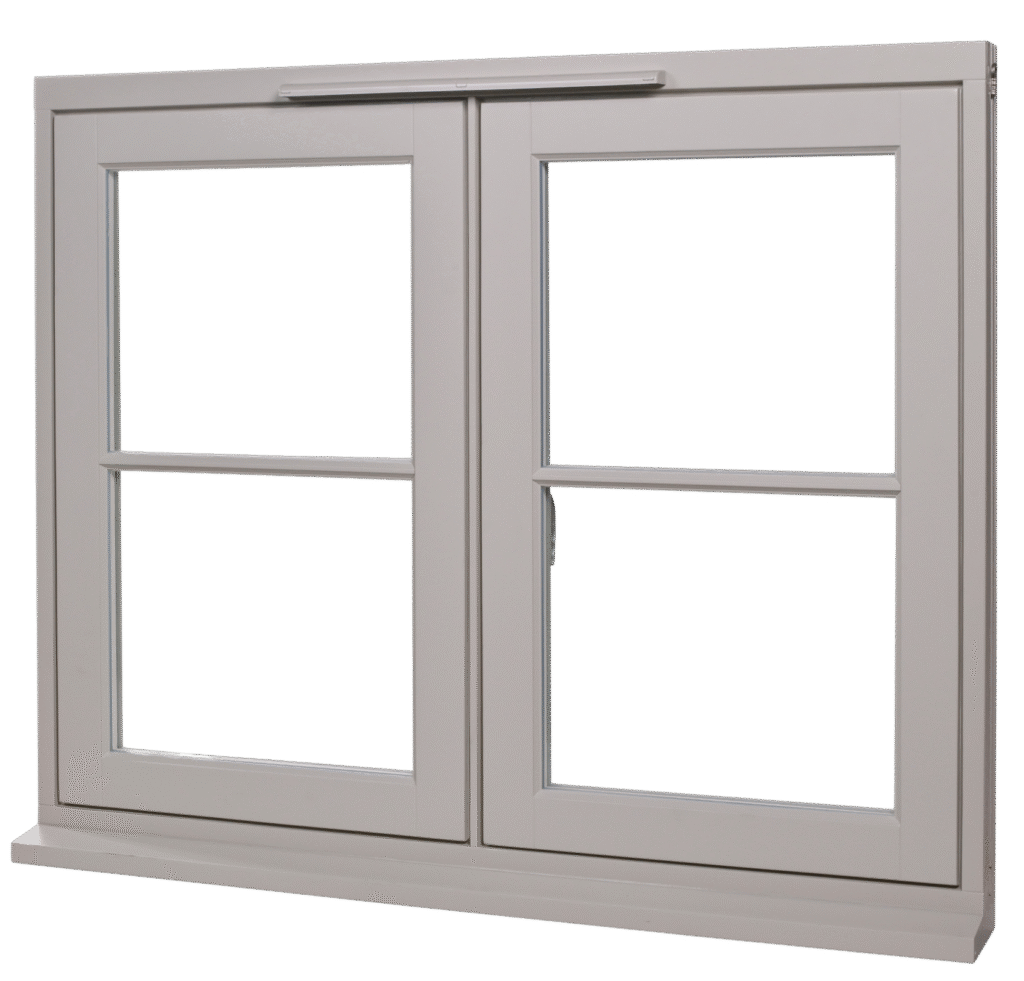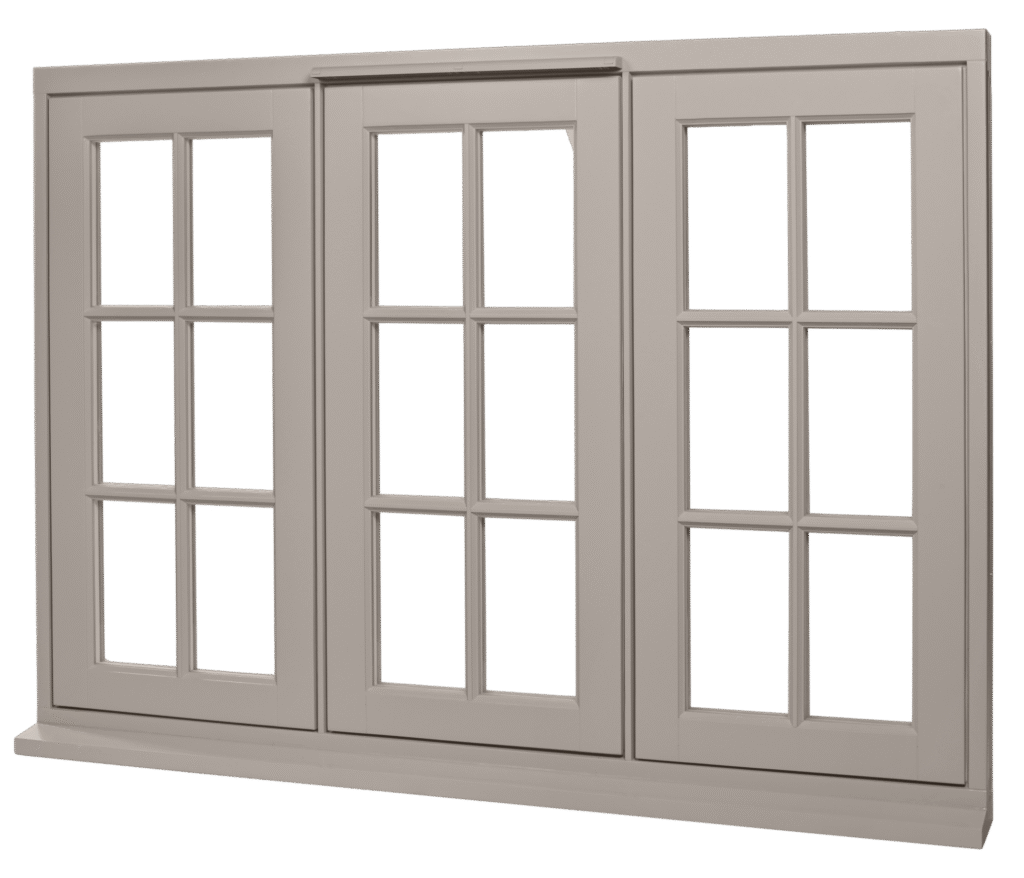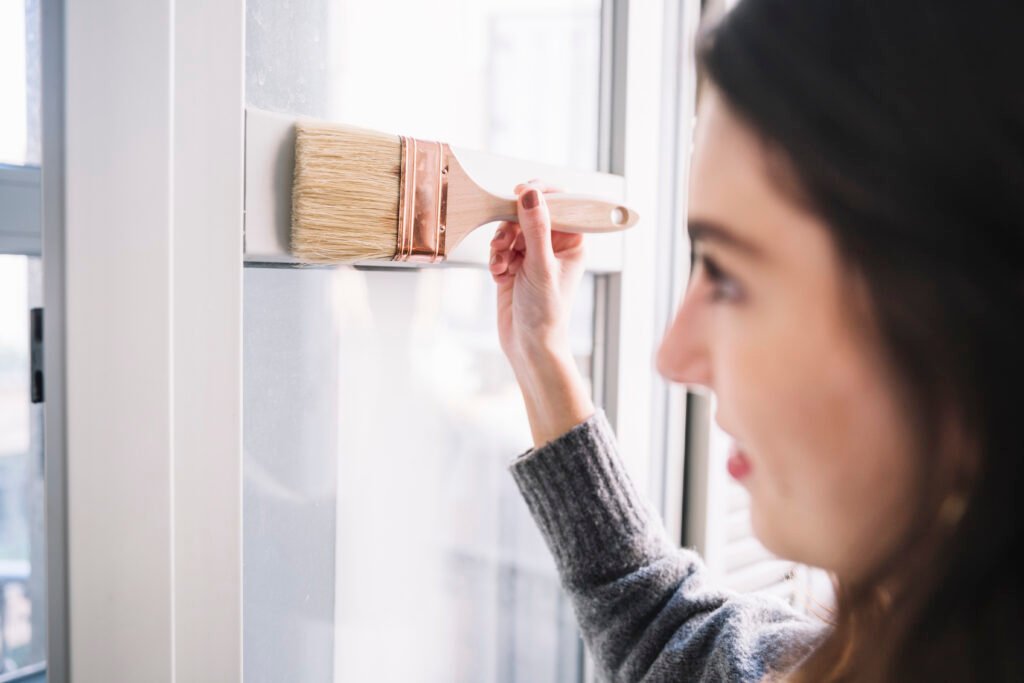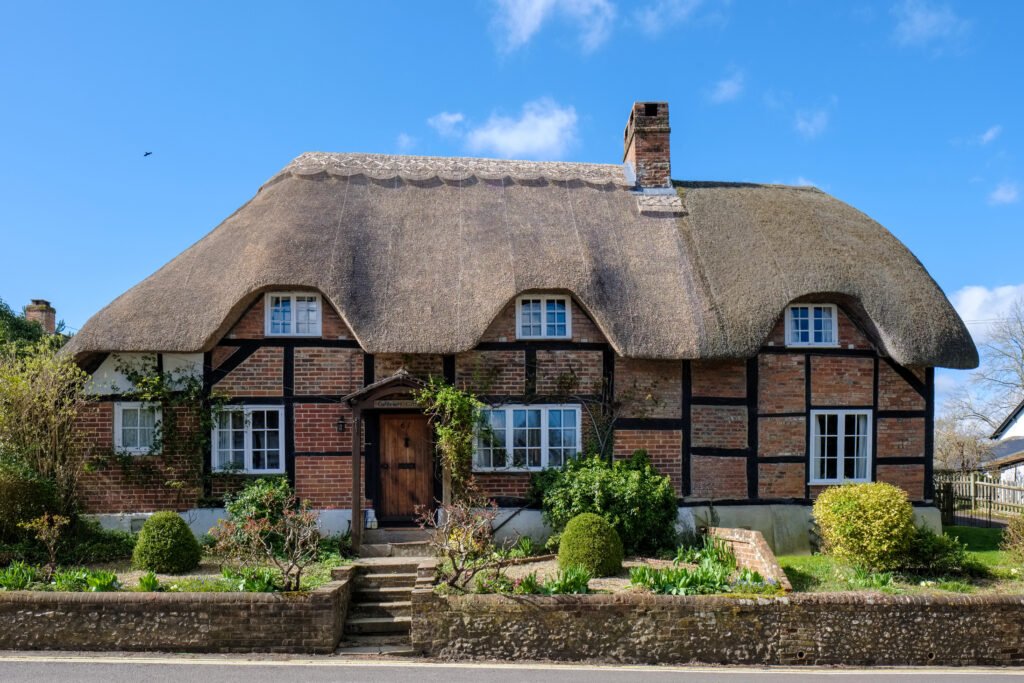Maintain Your Timber Windows: Repair and Sash Window Care
Timber sash windows bring classic beauty and function to homes, adding timeless charm. But without care, even the best wooden windows can wear down over time. This guide offers steps to keep them looking good and working well.
Key Takeaways
- Timber windows need regular cleaning to stop mould and decay.
- Knowing how sash windows work helps fix sticking issues.
- Annual checks spot damage early in wooden windows and doors.
- Choosing the right finishes protects timber from weather and UV.
- DIY and professional help together can best preserve your windows.

Understanding the Value and Structure of Timber Windows
Timber windows have been a key part of British architecture for centuries. They mix tradition with practicality. From Georgian townhouses to Victorian villas, these timber frame designs are iconic. They offer timeless appeal that modern materials can’t match.
Historical Significance of Timber and Sash Windows
Traditional sash windows, with their sliding panels, became popular in 17th-century England. They are loved for their ability to ventilate homes well while keeping architectural heritage alive. Many historic buildings use these parts of the window to keep their listed status and look.
Components of Timber Windows: Frames, Sashes, and Hardware
Every timber frame system has important parts: the outer frame, moving sashes, and hardware like pulleys and weights. Key components include:
- Timber frame: The structural backbone, often made from durable hardwoods like oak or pine
- Sashes: Upper and lower panels that slide vertically
- Hardware: Includes cords, weights, and balancing systems that enable smooth operation
Why Proper Maintenance Matters for Longevity
“Neglecting maintenance can reduce a timber window’s lifespan by 30-50%,” warns the British Woodworking Association. Regular upkeep prevents issues like warping and rot, ensuring beauty and functionality remain intact. Proper maintenance also enhances energy efficiency by maintaining weather seals and preventing drafts.
Regular checks of parts of the window like joints and glazing help ensure the longevity of these classic designs. Proactive care lets these windows work well for generations, avoiding expensive replacements.
How to Maintain and Care for Your Timber Windows: Expert Tips
Looking after your timber windows properly can make them last longer. Here are some expert tips to keep them in great shape. It’s easy and doesn’t need to be complicated.
Essential Tools and Materials for Timber Window Maintenance
Having the right tools is key for keeping your windows in good condition. You’ll need:
- Soft-bristle brushes or microfiber cloths for dust removal
- Wood-safe lubricants like WD-40 Specialist Wood Maintenance Oil for hinges
- Wood filler and exterior-grade sealants like SashGlide for gaps
- Mild soap solutions for cleaning without damaging finishes
Creating a Maintenance Schedule for Year-Round Care
Regular upkeep stops big problems before they start. Here’s a simple plan:
- Monthly: Clean surfaces with a damp cloth and check for loose parts
- Quarterly: Oil moving parts and look for signs of rot
- Bi-annually: Give the glass a deep clean and check the weatherstripping
- Annually: Check the wood’s condition and repaint if needed
“Ignoring small issues leads to costly replacements,” warns the Window & Door Manufacturers Association (WDMA). “Monthly inspections catch problems early.”
Professional vs DIY Maintenance: What You Can Handle Yourself
Most people can do simple tasks like cleaning and oiling. But, fixing rot or realigning sashes requires care from experts. Think about your skills before you start:
- DIY: Cleaning surfaces, tightening hardware, and minor sealant fixes
- Professional: Structural repairs, reglazing, or full repaints
For tricky jobs, talk to local experts like Historic Window Restoration UK.

Regular Cleaning Techniques to Preserve Window Integrity
Keeping timber windows clean is key to making them last longer. Start with warm soapy water and mild detergent for everyday cleaning. A soft cloth is perfect for wiping away dirt without harming the finish.
Stay away from harsh chemicals that can damage the wood or strip away its natural oils. For the glass, clean it weekly with a microfibre cloth and vinegar. This method stops streaks and keeps it clear.
- Wipe frames with a damp soft cloth to remove dust and debris.
- For stubborn grime, apply mild detergent directly to a cloth—never spray directly on wood.
- Clean the glass panes using a lint-free cloth to avoid lint residue.
- Use a soft brush to clean grooves where dirt accumulates, but avoid harsh chemicals that may warp wood.
| Safe Methods | Risk Factors |
| Warm soapy water and soft cloth | Ammonia-based cleaners |
| Vinegar solution for glass | Steel wool pads |
| Monthly inspections for build-up | Commercial degreasers |
Always test cleaners on a hidden spot first. Clean hardware with a dry cloth to stop rust. Dirt in sash channels can trap moisture, so clean these weekly with a toothbrush.
Avoid harsh chemicals, even for tough stains. Baking soda paste is a safer choice. Regular cleaning stops rot by removing moisture-trapping debris.
Identifying and Addressing Common Timber Window Problems
Timber windows face weather and use every day. Spotting signs of rot or wear and tear early is key. If you ignore damage the wood or water ingress, repairs can get very expensive. Fix problems quickly to avoid major damage.
| Common Issues | Solutions |
| mould or signs of deterioration | Scrub with diluted bleach, treat with wood hardener, and ensure ventilation |
| Stuck sashes | Lubricate tracks, adjust counterweights, or replace worn pulleys |
| Scratch marks or cracked glazing | Fill gaps with silicone sealant; replace damaged glazing putty |
Window repairs often start with simple checks. For signs of rot, use a screwdriver to test soft spots. Replace badly damaged parts. Draughts mean gaps around frames. Use weatherstripping to seal these gaps and save energy.
Always fix water ingress quickly to stop deterioration.
“Early intervention saves costs. Regular inspections catch problems when they’re manageable.”
When damage the wood shows, use epoxy for small cracks. For scratch marks on glass, polish with a microfibre cloth. Don’t ignore mould as it grows fast in damp places. Fix window repairs before the seasons change to keep them working well.
Refinishing Timber Windows: Step-by-Step Guide
Timber windows stay beautiful and functional with regular refinishing. This guide shows you how to do it step by step. It helps you achieve a finish that lasts through weather and time. You can follow these steps to bring back your windows’ original beauty.
Preparing Surfaces for Repainting or Revarnishing
First, make sure surfaces are clean and free of old finishes. Use a heat gun or chemical stripper to remove old paint or varnish. Sand rough spots to smooth them out.
Test small areas first to avoid mistakes. Fill cracks with timber filler and let it dry completely.
- Use protective gear when stripping or sanding
- Test chemical strippers on small areas first
- Ensure surfaces are dry before applying new finishes
Choosing the Right Paints and Finishes for Timber Protection
Choosing the right product is crucial for lasting protection. Pick microporous paints or exterior-grade varnishes that let timber breathe. Make sure they’re suitable for timber to avoid moisture issues.
For coastal areas, choose UV-resistant options like Sadolin or Ronseal Woodstain.
| Product Type | Advantages | Best For |
| Alkyd-based paint | Durable, weather-resistant | High-exposure areas |
| Semi-transparent stain | Shows wood grain, easy to apply | Traditional designs |
| Acrylic varnish | Flexible, low odour | Modern or indoor sections |
Application Techniques for Long-Lasting Results
Apply paint or varnish in thin, even layers. Use natural bristle brushes for oil-based products and synthetic brushes for water-based ones. Let each layer dry fully—usually 24 hours—before adding the next.
Focus on joints and bottom rails where water tends to collect. Avoid overloading brushes to prevent drips.
Test samples on hidden areas before applying everywhere. Two coats usually give the best coverage. Clean tools right away to prevent clogging.
Seasonal Maintenance Tips for Timber Windows in Different Climates
Timber windows need seasonal maintenance to handle temperature fluctuations. These can cause warping or cracks. Check them twice a year before bad weather hits.
Clean the interior and exterior to get rid of dirt and moisture. This stops protective finishes from wearing off.
- Spring: Clear drainage channels to prevent water pooling. Apply a wood preserver to exposed joints.
- Summer: Inspect exterior paint for fading. Reapply sealant to vulnerable edges exposed to UV rays.
- Autumn: Check for gaps caused by wood contraction. Lubricate hinges to ease operation during cold months.
- Winter: Install weatherstripping to block drafts. Inspect for frost damage after severe storms.
“Act immediately to avoid minor issues becoming structural problems.”
In coastal areas, use marine-grade sealants to fight salt corrosion. For humid places, ensure good ventilation to keep them looking good by stopping mould. Adjust your maintenance based on local weather, but fix warped parts or loose hardware quickly. Regular care keeps windows looking great and saves money on new ones.
Extending the Lifespan of Your Sash Windows: Advanced Preservation Methods
Keeping wooden window frames in good shape needs more than just basic care. Advanced methods help timber windows last for many years. Regular checks on parts like hinges stop them from wearing out too soon.
Proper care for timber windows includes steps like weatherproofing and looking after hardware. These actions help your windows stay beautiful for a long time.
Weatherproofing Techniques for Maximum Protection
Use modern water-repellent sprays to protect window frames from moisture. These sprays create a breathable barrier. For draughts, add brush strips or secondary glazing.
Don’t use harsh chemicals for cleaning. Instead, use a cloth and mild detergent. Seal joints with sealants that are safe for timber. These steps are key to keeping your windows looking great and working well.
- Apply silicone-free sealants to end grains and joints
- Use draught excluders around sash channels
- Inspect annually for rot or gaps
Hardware Maintenance and Lubrication
Every 6-12 months, you can lubricate the window’s moving parts with silicone sprays. Clean hinges and hinges with a soft brush and mild soap before lubricating them again. Use polishing oils on brass and bronze hardware to stop corrosion.
If sash balances or weights are damaged, get professional help. Regular care keeps your windows working smoothly and avoids expensive fixes.
When to Consider Restoration Rather than Replacement
Only replace timber windows if they’re badly damaged. Check for warped frames or failed joints to see if they need fixing. Experts can fix rotten parts, refinish the wood, and restore the original hardware.
It’s wise to get advice from certified experts like the Traditional Wood Window Alliance. Restoration is often cheaper than replacing and keeps the historic charm of your windows.
“Timber windows can last centuries with proper care—replacement should be a last resort.”
Follow these tips to make your timber windows last longer. Regular checks and quick fixes are key. Taking care of hinges and moving parts ensures your windows stay in good shape for years to come.
Conclusion: Ensuring the Beauty and Functionality of Your Timber Windows for Decades
Timber windows can last for many years with the right care. Regular maintenance keeps them looking good and working well. Fixing small problems early saves money and keeps their value high.
Simple tasks like cleaning and checking hardware keep them in top shape. Lubricating tracks and sealing gaps keeps them weatherproof and draught-free. This stops damage from moisture and decay, making them last longer than newer options.
If you face bigger problems, get help from experts. They can tell you the best way to fix or replace them. This ensures the work is safe and keeps the original look.
Start by checking seals or tightening loose parts. Even small actions now can prevent big repairs later. With proper care, timber windows become a lasting asset, blending classic beauty with modern performance for years.
At Wooden Windows Online we specialize in high-quality timber sash windows tailored to your specific needs. Contact us today to explore our range of hardwood and softwood options and find the perfect window solution for your home!

